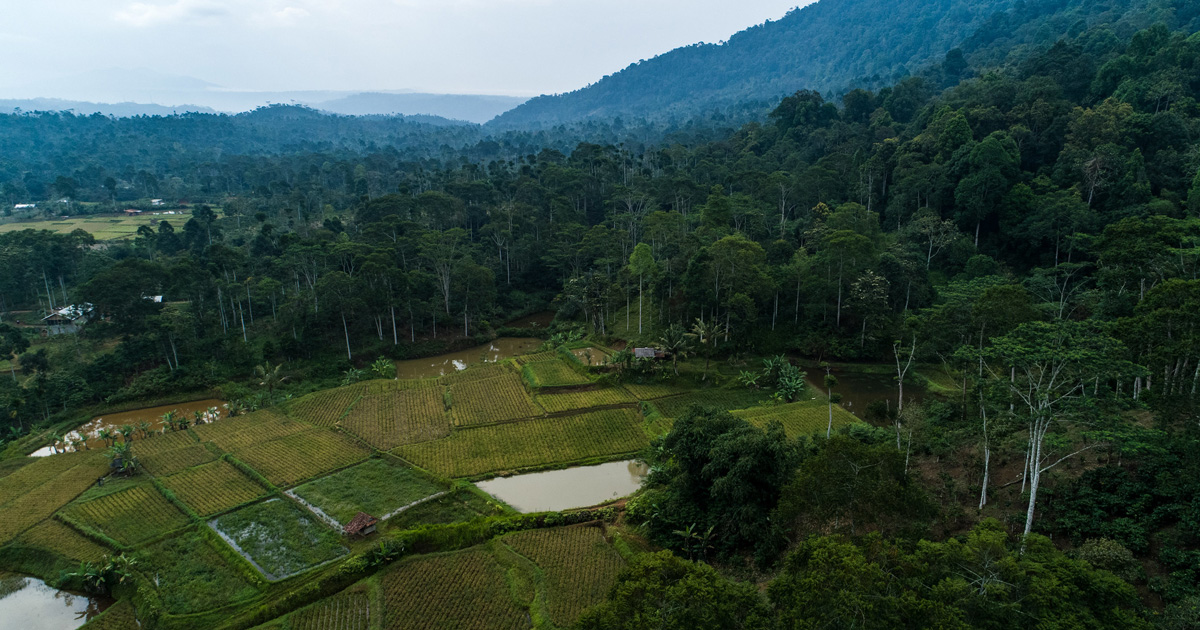Developing countries wishing to participate in the REDD+ mechanism can start developing forest reference (emission) levels, based on the guidance provided by COP 17 of UNFCCC and by considering the following points: The quality and availability of data will determine the methods used to develop forest reference (emission) levels. The step-wise approach proposed in this policy brief can reflect different national circumstances and facilitate broad participation by enabling countries to develop relatively simple forest reference (emission) levels that can be improved over time. These levels can be set alongside efforts to improve measurement and monitoring capacities and reduce uncertainties conducted as part of the three REDD+ implementation phases (which countries are required to follow). Considering the drivers and activities that cause deforestation and forest degradation will be particularly important in relation to ‘adjusting' reference (emission) levels according to ‘national circumstances'. A sub-national approach to developing forest reference (emission) levels should be restricted to Phases 1 and 2 of REDD+ and national forest RELs/RLs should be developed for Phase 3 of REDD+ when any financial incentive scheme will be based on fully measured, reported and verified results-based actions. This will ensure the cost-efficiency and will safeguard the environmental integrity of the REDD+ mitigation mechanism.
Download:
DOI:
https://doi.org/10.17528/cifor/003788
Altmetric score:
Dimensions Citation Count:

Publication year
2016
Authors
Herold, M.; Verchot, L.V.; Angelsen, A.; Maniatis, D.; Bauch, S.
Language
English
Keywords
climate change, policy, developing countries, development plans, sustainability, deforestation, degradation, carbon balance
























